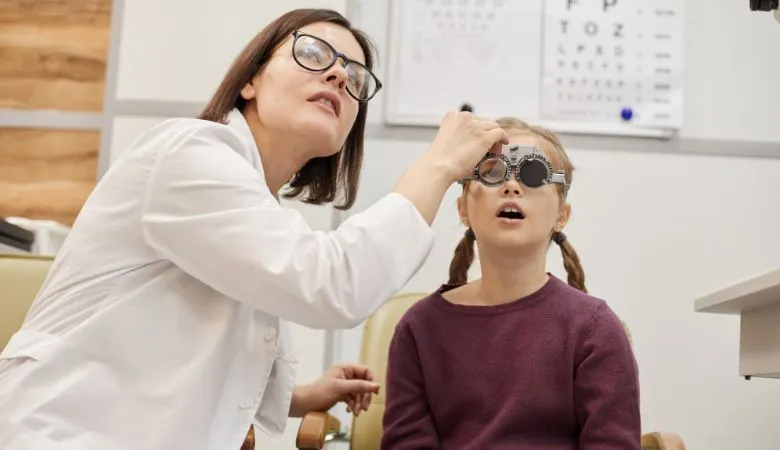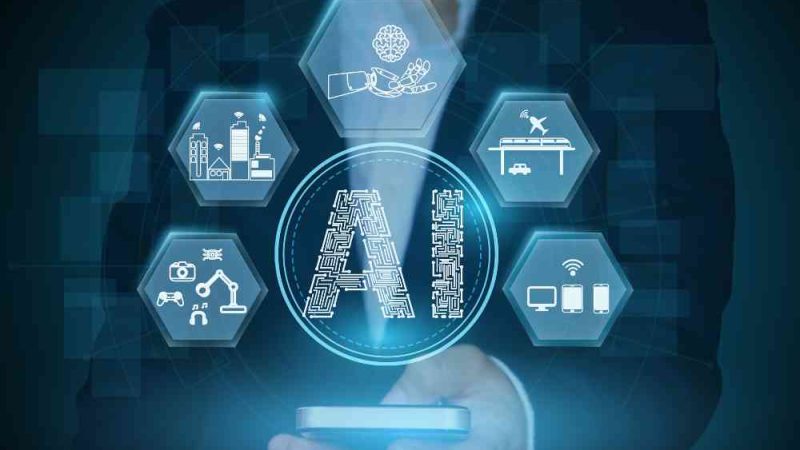How 5G is Transforming the Eyewear and Eye Care Industries

5G aims to transform this era’s technology. It’s designed to initiate faster connections, deliver high data speeds, and offer a more uniform experience to users. 5G is also more capable of facilitating virtual connections among everyone and everything—including machines, objects, and devices. We’ve thus noted that its applications can range from virtual reality and gaming to real-time communications that power wearable technology in healthcare.
Given this, the adoption of 5G technology in ophthalmology isn’t far behind. In fact, experts are already seeing potential use cases for this technology, such as improved remote consultation and treatment accessibility and effectiveness through reduced lag time during video calls.
More complex 5G applications also prove the immense potential to transform the eyewear and eye care industries. Here are some of them:
Enhancing the online shopping experience
Buying eyewear has become more accessible through online means. That’s proving especially beneficial for people who need to shop remotely. Doing so can be faster, more convenient, and more accessible for those living in remote areas. Thanks to discounts and vision insurance partnerships, it can be more cost-effective for individuals who purchase glasses online. Retailers that offer various eyewear brands, including Versace and Persol, even allow more options for personalization—like adding progressive lenses and a wide range of different frame shapes and materials.
5G further improves the online eyewear shopping experience by allowing for more immersive mobile experiences, like augmented reality shopping. With a stronger 5G connection, consumers can virtually try on glasses and see if their shape and colour complement their faces. It makes the buying journey all the more interactive and personal for more satisfied eyewear consumers.
Creating a more comprehensive optometry education
Learning about optometry is important for both professionals and patients. Eye care experts must stay updated on the latest eye conditions and treatments. Meanwhile, learning more about specific eye conditions and their risks can help patients better care for their vision.
Since 5G is helping modern industries by enhancing collaboration through virtual reality (VR) applications, it has paved the way for improved training. For one, it improves optometry education for experts by facilitating VR ophthalmic surgical training. This allows them to practice on virtual models so they can learn treatments and operations more effectively through hands-on experiences. A faster 5G connection means patients can also use VR for real-time translation, so patients like new immigrants who cannot understand their doctor’s language can still learn about their condition and how to care for their eyes.
Improving smart glasses capabilities
Smart glasses are deemed head-worn computers that offer many valuable capabilities to their wearer. It can initiate hands-free phone calls and allow wearers to take pictures and videos. With 5G, however, smart glasses can offer more capabilities.
Using 5G technology, smart glasses can render information at much faster speeds. For instance, travellers can wear smart glasses to help them navigate foreign places, as these can instantly project maps onto their field of vision. In fact, eyewear corporation Vuzix predicts that their Vuzix Blade smart glasses will soon be capable of this once they incorporate 5G technology into the device.
Making advancements in remote eye care
5G technology can do more than improve how eye care professionals are trained to treat eye conditions—it can also help them initiate remote eye surgery. In August 2023, the Zhongshan Ophthalmic Center at China’s Sun Yat-sen University completed an ophthalmic surgery trial using a 5G robot.
In this trial, the robot was controlled by a surgical team in Hainan province to perform eye surgery on rabbits all the way in Guangdong province—parts of the country that are nearly 600 kilometres apart. After a month of observation, the rabbits showed stable conditions, proving the effectiveness of the remote surgery. This could help bring eye treatment and surgery to remote locations for better access to vision healthcare.
5G’s current and potential eyewear and eye care applications can benefit consumers, experts, and patients. As this technology continues to develop, there’s no doubt that it will continue to improve these industries for the better.






